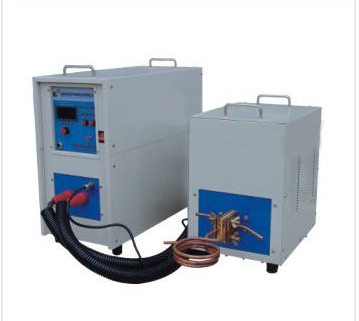- 23
- Sep
Quality inspection requirements for gears after quenching by high-frequency quenching equipment
Quality inspection requirements for gears after quenching by high-frequency quenching equipment
1. የመሬቱ ጥራት
The teeth should not be over-burned, and then check whether there are cracks in the teeth, 100% inspection for small batches, and inspection for large batches according to the specified ratio.
2. Surface hardness
100% inspection for small batches, inspection for large batches according to the specified ratio, generally requiring a hardness of 45-50HRC, and a higher load capacity of 50-56HRC.
3. Surface organization
Press ZBJ36 009-88 to check.
4. Effective hardened layer depth
Using a Vickers hardness tester, on the cross section of the tooth in the middle of the tooth width: measure from the surface to the inside, the end hardness of the hardened layer is as follows: limit hardness=0.80*minimum surface hardness specified by the design.
5. Hardened layer distribution
1) For gears with m<4mm, full tooth hardening is allowed, and the tooth bottom has a certain hardened layer, generally 1.2mm.
2) For gears with m=4.5-6mm, when using simultaneous heating and quenching, 1/3 tooth height from the tooth root is allowed to be unhardened, and when single tooth is continuously quenched, 1/4 tooth height is allowed to be unhardened.
3) For gears that are quenched at the same time, the depth of the center hardened layer of the longitudinal section of the gear is more than 2/3 of the depth of the end hardened layer.
4) When the internal gear m<6mm, the hardened layer is allowed to have a slight slope.
5) For induction hardened large gears with m>8mm, the hardened tooth height should be 1.7 times the modulus, and when m<8mm, 2/3 tooth height should be hardened.
This article briefly introduces the inspection items, content and requirements of the quenched gears of the high-frequency quenching equipment. I hope it will be helpful to your work.

